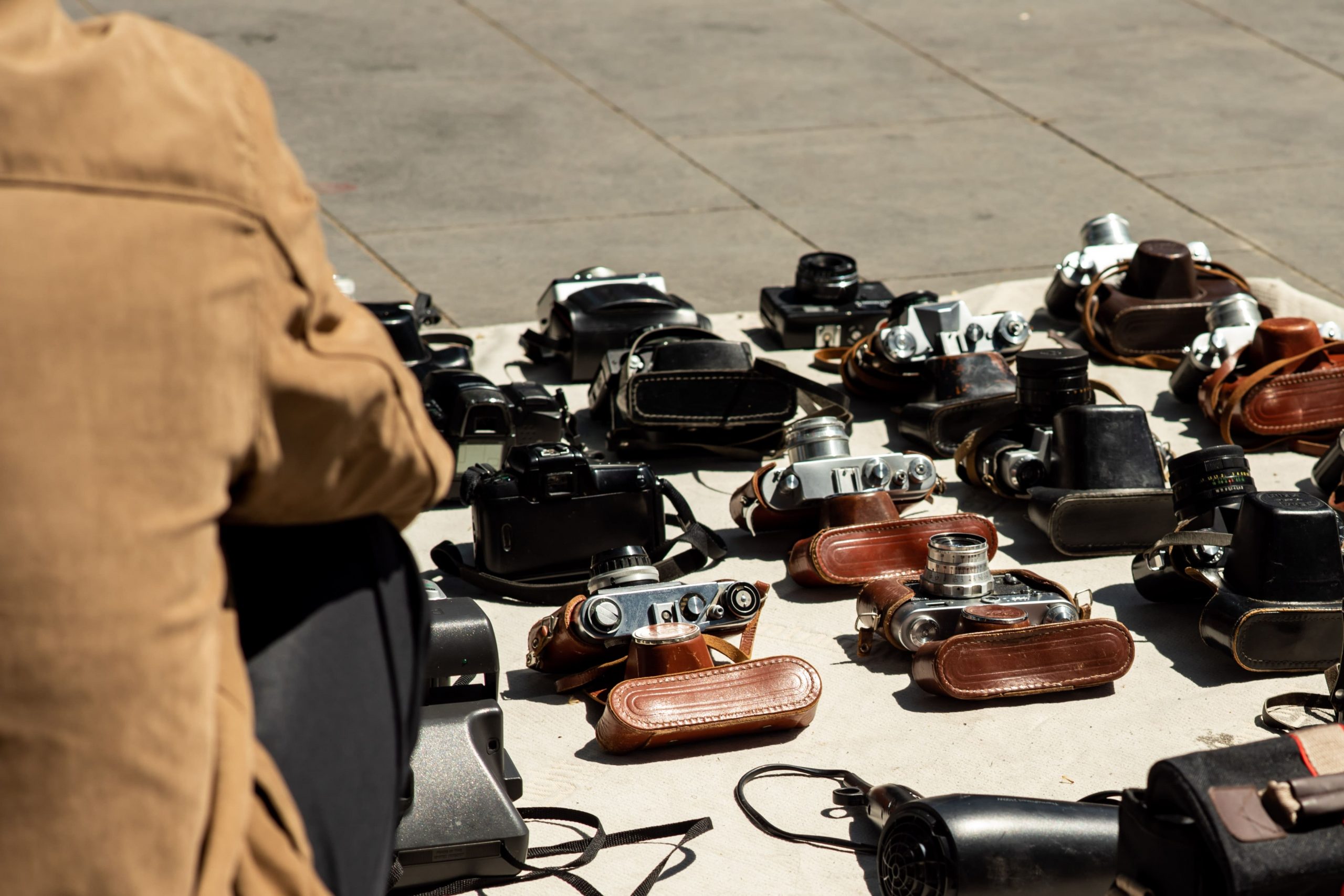Different camera devices have different purposes. As a result, they also have different prices. Some cameras are made for professionals, while others are made for amateurs. The price of the camera depends on the quality of the device and the features it offers.
The most important factor in deciding which camera to buy is the quality of the image sensor. This is the part of the camera that captures the light and converts it into an image. The better the sensor, the better the image quality will be. The size of the sensor also affects the price of the camera. Larger sensors are more expensive because they require more expensive materials and manufacturing processes.
The second important factor is the lens. The lens is what focuses the light onto the sensor. A good lens will produce sharp images with little distortion. Lenses are also available in different focal lengths, which affects the field of view and how close or far away objects can be from the camera and still be in focus. Longer lenses are more expensive because they require more glass and better quality control during manufacturing.
The third factor to consider is the autofocus system. This is what allows the camera to focus on a subject automatically. Different cameras have different autofocus systems, and some are better than others. Generally, more expensive cameras have better autofocus systems.
The fourth factor is shutter speed. This is how long the shutter stays open when taking a picture. A longer shutter speed lets in more light, which is good for low-light situations or when you want to capture fast-moving objects. A shorter shutter speed freezes action, which is good for sports or other situations where you don’t want any motion blur in your pictures. Faster shutter speeds are more expensive because they require better engineering to avoid vibration and other sources of blurriness.
The fifth factor is image stabilization. This is a system that compensates for camera shake, which can blur your pictures if you don’t hold the camera perfectly still. Some lenses have image stabilization built-in, while others require it to be turned on in the camera body. Image stabilization generally adds to the cost of a lens or camera body.
The sixth factor to consider is video quality. If you want to take high-quality video, you’ll need a camera with good video capabilities. This includes things like resolution, frame rate, autofocus, and image stabilization. Video quality generally adds to the cost of a camera.
The seventh factor is connectivity. If you want to be able to transfer your pictures and videos to your computer or other devices wirelessly, you’ll need a camera with built-in WiFi or Bluetooth. These features generally add to the cost of a camera.
The eighth factor is battery life. If you’ll be using your camera for long periods of time, you’ll want one with a long battery life. Cameras with lots of features generally have shorter battery lives because all those features use up power.
The ninth and final factor to consider is price. Different cameras have different price tags because of all the factors we’ve just discussed. You’ll need to decide how important each factor is to you and how much you’re willing to spend on a camera before you can narrow down your choices and decide which one is best for you.
How to Sell Camera Devices
If you’re looking to sell your camera, there are a few things you need to do to ensure you get the most money possible. Here are some tips on how to sell camera devices:
1. Know what you have. Take the time to research your camera and find out what model it is and what features it has. This will help you determine its value and how much you should expect to get for it.
2. Clean it up. Before you list your camera for sale, take the time to clean it up. This will make it more appealing to potential buyers and help you get a higher price.
3. Take good photos. When you list your camera for sale, make sure to include high-quality photos. This will help show potential buyers what they’re getting and help you get more interest in your listing.
4. Be honest about its condition. Be upfront about any damage or wear and tear on your camera. This will help potential buyers know what they’re getting and avoid any surprises down the road.
5. Price it right. Don’t overprice your camera just because you think it’s worth a lot. Potential buyers will likely do their own research and if they see that your camera is priced too high, they’ll move on to another listing. Similarly, don’t underprice your camera just to sell it quickly. You want to get the most money possible, so price it accordingly.
6. List it in the right place. There are a lot of different places you can list your camera for sale, so choose the one that makes the most sense for you. If you’re looking for a quick sale, then an online marketplace like eBay or Craigslist might be the way to go. But if you’re willing to wait a bit longer for a higher price, then consider listing it on a photography-specific website or forum.
7. Be patient. Selling a camera can take some time, so don’t get discouraged if you don’t have any bites right away. Just keep your listing up and eventually someone will come along who’s interested in buying your camera.
Potential Income in Selling Camera Devices
Are you looking for a way to make some extra money? If you have a knack for photography, you may be able to make money by selling camera devices.
There are a number of ways to sell camera devices. You could sell them online, through a brick-and-mortar store, or through a catalog. You will need to find a way to reach your potential customers and convince them to buy your products.
One way to reach potential customers is by setting up a website. You can promote your products on your website and provide information about your business. You can also use social media to reach potential customers. You can create a Facebook page or Twitter account for your business and use these platforms to promote your products.
Another way to reach potential customers is by exhibiting at trade shows. You can rent a booth at a trade show and showcase your products. This is a great way to meet potential customers and get your products in front of them.
If you have a brick-and-mortar store, you can promote your products by displaying them in the store. You can also offer discounts and special offers to customers who purchase your products.
If you sell camera devices through a catalog, you will need to make sure that your catalog is well-designed and easy to navigate. You should also include information about your products, such as pricing, shipping information, and return policy.
You will need to determine the price of your products based on the cost of manufacturing, the quality of the product, and the demand for the product. You should also consider shipping costs when pricing your products.
When shipping your products, you will need to use packaging that is designed for camera devices. You should also insure your shipments in case of damage or loss.
You will need to create marketing materials, such as flyers and brochures, to promote your products. You can distribute these materials at trade shows or through the mail. You can also include information about your products on your website and social media accounts.
When selling camera devices, it is important to provide excellent customer service. You should respond quickly to customer inquiries and address any concerns that they may have. You should also offer a warranty or guarantee on your products.
By offering high-quality products and excellent customer service, you will be able to build a successful business selling camera devices. With some hard work and dedication, you can earn a substantial income from selling camera devices.







